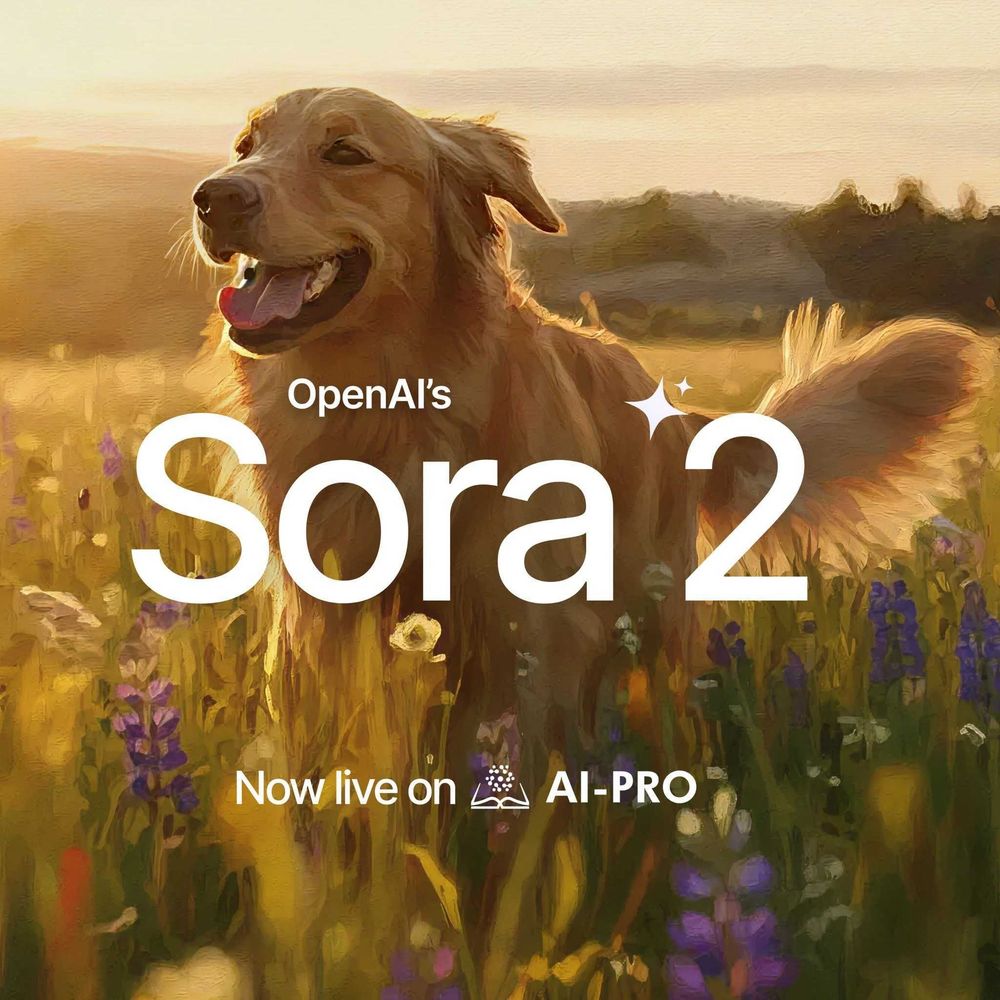One of the most compelling and accessible manifestations of artificial intelligence (AI) evolution is the birth of AI virtual assistants. These digital helpers are becoming indispensable tools in both the personal and professional lives of many. But what exactly are they, and how can they make your life easier?

Imagine having a personal assistant who is available 24/7, ready to help you with a myriad of tasks—from setting reminders and sending messages to controlling your smart home devices and providing real-time information. AI virtual assistants are designed to do just that. They leverage advanced machine learning and natural language processing to understand and respond to your commands in a conversational manner.
The purpose of this article is to demystify these advanced tools. We will explore what they are, delve into their current capabilities, and discuss their limitations. Furthermore, we will introduce you to some of the leading AI virtual assistant apps available today, providing insights into their unique features and how they can enhance your productivity and convenience.
By the end, you will have a comprehensive understanding of AI virtual assistants, how they work, and how you can start using them to simplify your life. Whether you’re a tech novice or someone curious about the latest advancements in AI, this guide will equip you with the knowledge to make informed decisions and get the most out of these powerful tools.
What are AI Virtual Assistants?
AI virtual assistants are advanced software programs designed to perform tasks and services for individuals based on commands and questions. They leverage the power of artificial intelligence to understand and respond to human language to provide a seamless and interactive user experience.
At their core, these digital agents are conversational AI that use machine learning and natural language processing (NLP) to communicate with users in a natural manner. Unlike traditional digital assistants, which follow pre-programmed rules and respond to specific commands, they can understand and interpret a wide range of queries, making them more flexible and user-friendly.
These assistants are ubiquitous. They can be accessed through various devices, including smartphones, tablets, smart speakers, and even computers. Some are even integrated into operating systems, apps, and web services. These integrations make them versatile and valuable tools in various aspects of daily life, offering convenience, efficiency, and a glimpse into the future of AI-powered living.
6 Notable Capabilities of AI Virtual Assistants
AI virtual assistants have become incredibly sophisticated and capable enough to offer a wide range of features that can significantly enhance productivity and convenience.
Here are some of the most notable capabilities that these intelligent personal assistants bring to the table:
- Natural Language Processing (NLP) One of the most remarkable features of AI virtual assistants is their ability to understand and respond to human language naturally. This capability is powered by Natural Language Processing (NLP), which allows the assistant to interpret the meaning behind words, phrases, and sentences. Conversational AI can engage in almost human-like conversations, answering questions and following up on previous interactions, making them feel more like a human assistant than a machine.
- Task Automation AI virtual assistants excel at automating routine tasks, freeing up your time for more important activities. They can manage your calendar, schedule appointments, set reminders, and send notifications to ensure that you never miss a meeting or important date. They can also send text messages, emails, and make phone calls on your behalf, which is especially useful when you’ve got your hands full with tasks such as driving or taking care of children.
- Information Retrieval These assistants are powerful tools for quickly retrieving information, whether it’s from the web or your own data. They can search the internet and provide answers to a wide array of questions, from trivia and news updates to in-depth research topics. They can also access information stored in your devices or cloud services, such as finding a specific file or retrieving a document you need.

- Integration with Smart Devices AI virtual assistants can connect and control various smart devices, creating a more integrated and efficient living environment. You can adjust your home’s temperature, turn off lights, or check who’s at the door with simple voice commands. Beyond smart homes, they can interface with other Internet of Things (IoT) devices, enhancing automation in different environments, such as adjusting settings on smart appliances or managing energy usage
- Personalization One of the most appealing aspects of AI virtual assistants is their ability to personalize their responses and actions based on user preferences and behaviors. Over time, they learn your habits, preferences, and routines, allowing for more tailored suggestions and reminders. It’s also possible to customize them to use specific phrases or respond in certain ways that match your personality or requirements.
- Entertainment and Leisure AI virtual assistants also provide a range of entertainment options, making them great companions for leisure activities. Simply ask it to play certain music, audiobooks, podcasts, or videos and it will queue it up. Some even come with built-in games or interactive activities that you can enjoy, making them fun for both kids and adults.
5 Limitations of AI Virtual Assistants
While AI virtual assistants offer impressive capabilities, they are not without limitations. Understanding these limitations is crucial for managing expectations and making informed use of these technologies.
Here are some of the key constraints and challenges associated with AI virtual assistants:
- Understanding Context and Nuances Despite advances in Natural Language Processing (NLP), AI virtual assistants still struggle with understanding context and nuances in language. They may misinterpret ambiguous or complex queries, leading to inaccurate responses. For example, a virtual assistant might have difficulty understanding sarcasm or distinguishing between similar-sounding words with different meanings. As a result, users may need to provide more explicit instructions or rephrase their queries to ensure the assistant understands their intent correctly.
- Privacy and Security Concerns AI virtual assistants rely on data collection and analysis to improve their performance and provide personalized experiences. However, this reliance raises significant privacy and security concerns. Users may feel uncomfortable with the amount of personal information that assistants collect, including voice recordings, search history, and device usage patterns. There is also the risk of data breaches or unauthorized access to sensitive information, highlighting the importance of robust privacy policies and security measures to protect user data.

- Dependency on Connectivity AI virtual assistants typically require an internet connection to function optimally. While this may not be an issue in urban areas with reliable internet access, it can pose challenges in rural or remote locations with limited connectivity. Furthermore, interruptions in internet service can disrupt assistant functionality, preventing users from accessing essential features like voice commands or information retrieval. As reliance on AI assistants grows, ensuring consistent connectivity becomes increasingly important for their usability and effectiveness.
- Language and Cultural Barriers Most AI virtual assistants are designed to understand and respond to a specific set of languages and cultural contexts. This can be limiting for users who speak languages or dialects not supported by the assistant or who come from diverse cultural backgrounds. Language barriers may lead to misunderstandings or miscommunication, while cultural differences can affect the relevance and appropriateness of the assistant's responses. Addressing these barriers requires ongoing efforts to improve language support and cultural sensitivity in AI technologies.
- Technical Limitations Despite significant advancements in AI and machine learning, AI virtual assistants still face technical limitations that impact their performance and reliability. These limitations may include errors in speech recognition, inaccuracies in language understanding, and difficulty handling complex tasks or queries. Additionally, assistants may struggle with tasks that require human-like reasoning or emotional intelligence, such as understanding humor or empathy. Overcoming these technical challenges requires continued research and development in AI algorithms and technologies.
By acknowledging these constraints and working to address them, we can harness the full potential of AI virtual assistants while mitigating risks and ensuring a positive user experience.
The 5 Best AI Virtual Assistants
Now, let's explore the best and most popular options available today, some of which have become necessary and essential tools for millions.
- Google Assistant Google Assistant is a widely-used virtual assistant available on Android smartphones, smart speakers, and other devices. It stands out for its robust natural language understanding and integration with Google's vast ecosystem of services. Users can ask questions, set reminders, control smart home devices, and more, all with the power of their voice. Its ability to provide accurate and contextually relevant responses makes it a top choice for many users seeking an intelligent personal assistant.
- Amazon Alexa Amazon Alexa is another popular virtual assistant known for its versatility and wide range of skills. Integrated into Amazon Echo devices and compatible smart home products, Alexa can perform tasks such as playing music, providing weather updates, setting alarms, and even ordering products from Amazon. Its extensive library of third-party skills allows users to customize their experience further, making it a favorite among smart home enthusiasts.

- Apple Siri Siri is Apple's virtual assistant, available on iPhones, iPads, Mac computers, and other Apple devices. It’s praised for its seamless integration with Apple's ecosystem, allowing users to perform tasks like sending messages, making calls, and scheduling appointments using natural language commands. Siri's proactive suggestions and ability to understand context based on device usage make it a valuable companion for iOS and macOS users.
- Microsoft Cortana Cortana is Microsoft's virtual assistant, primarily found on Windows devices and the Xbox gaming console. While not as widely used as some other assistants, Cortana excels in productivity tasks, such as managing calendars, setting reminders, and accessing Microsoft Office documents. Its deep integration with Windows and Microsoft services makes it a valuable assistant for users invested in the Microsoft ecosystem.
- Samsung Bixby Bixby is Samsung's virtual assistant, found on Samsung smartphones, smartwatches, and other devices. It offers features like voice commands, device control, and personalized recommendations. Bixby's standout feature is its deep integration with Samsung's native apps and services, allowing users to perform tasks like sending texts, controlling settings, and searching for content with ease.
These AI virtual assistants offer unique features and capabilities tailored to different user preferences and ecosystems. Whether you're an Android enthusiast, an Apple loyalist, or a fan of other platforms, there's a virtual assistant out there to suit your needs and enhance your daily life.
The Future of AI Virtual Assistants
In the dynamic realm of AI virtual assistants, the future holds immense promise for transformative advancements and continued integration into our daily routines. With ongoing strides in AI and machine learning technologies, these digital companions are poised to offer unparalleled accuracy, adaptability, and intuitive interactions. They will be enabled to better understand user preferences, anticipate needs, and provide tailored assistance, enhancing productivity and convenience in a myriad of ways.

As concerns regarding data privacy and security continue to grow, future AI virtual assistants will prioritize robust measures to safeguard user information and uphold ethical standards. Enhanced encryption, anonymization techniques, and user-controlled privacy settings will ensure the protection of sensitive data, fostering trust and confidence among users. This emphasis on responsible AI practices underscores the commitment to ethical development and deployment of virtual assistants.
Furthermore, their expanding integration across diverse devices and platforms will further elevate their utility and accessibility in everyday life. From smartphones and smart speakers to wearables and IoT devices, these assistants will navigate various contexts, providing constant assistance and enhancing user experiences.
As they continue to evolve and diversify, AI virtual assistants are poised to become indispensable allies, empowering individuals and organizations with personalized, intelligent support in navigating the complexities of the digital age.
Simplify Your Life with AI Virtual Assistants
AI virtual assistants represent a groundbreaking evolution in how we interact with technology, offering unparalleled convenience, efficiency, and personalized assistance in our daily lives. As we navigate the complexities of the digital age, the benefits of AI virtual assistants are undeniable - from managing schedules and accessing information to controlling smart home devices and providing entertainment. They have become necessities for millions, enhancing productivity and enriching user experiences in ways previously unimaginable.

While a plethora of virtual assistants exists, some of the most popular and widely used options include Google Assistant, Amazon Alexa, Apple Siri, Microsoft Cortana, and Samsung Bixby. Each of these brings its unique strengths and features and cater to diverse user preferences and ecosystems.
As we look ahead to the future, the trajectory of AI virtual assistants is marked by continued innovation, integration, and expansion into new domains. With advancements in AI technology, enhanced security measures, and increasing accessibility across devices and platforms, these assistants are poised to play an even more significant role in shaping the way we interact with technology and navigate the complexities of modern life.
As such, embracing and harnessing the power of AI virtual assistants will undoubtedly lead to greater efficiency, productivity, and convenience. It will empower us to achieve more and live smarter in the digital era.





